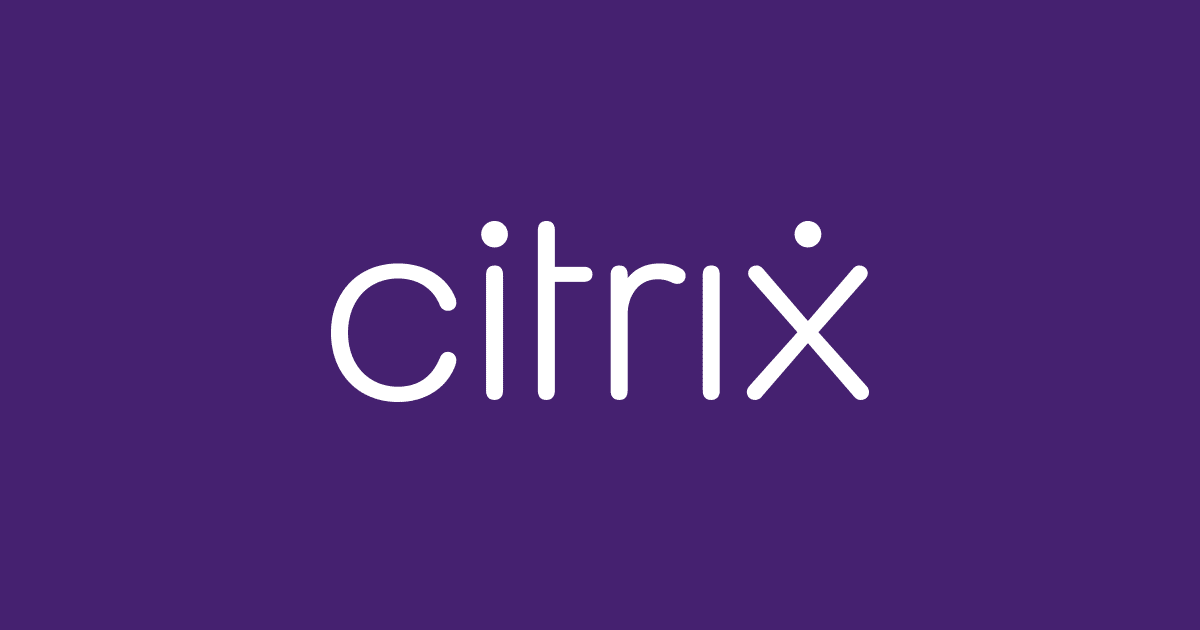What is Citrix and how it works for your IT?
Citrix Systems, Inc. (NASDAQ: CTXS) is an American multinational corporation that provides server and desktop virtualization, networking, software-as-a-service (SaaS) and cloud computing technologies for more than 230,000 organizations worldwide. Citrix states that “A world where anyone can work and play from anywhere.” is its corporate vision. Citrix is based in Fort Lauderdale, Florida, in the South Florida metropolitan area, and has subsidiary operations in California and Massachusetts, and additional development centers in Australia, India and the United Kingdom. Customers include the world’s largest Internet companies, 99 percent of Fortune Global 500 enterprises, and hundreds of thousands of small businesses and consumers worldwide. Citrix partners with over 10,000 companies worldwide in more than 100 countries. Founded in 1989, annual revenue in 2008 was $1.6 billion. Following the acquisition of XenSource, Inc in October 2007, Citrix shepherds the Xen open source hypervisor project.
Citrix Technology
Citrix Delivery Center, Citrix Cloud Center (C3) and Citrix Online Services product families simplify computing for millions of users, delivering applications as an on-demand service to any user, in any location on any device.Citrix Delivery Center, composed of XenDesktop, XenApp, XenServer and NetScaler, virtualizes servers, desktops and applications, centralizes them in the datacenter and broadcasts them as an on-demand service. From April 2009, Citrix has been offering its XenServer virtualization platform for free to any user for unlimited production deployment. Citrix Receiver is the first universal client for IT service delivery. With Citrix Receiver installed on a device (PC, Mac, iPhone), applications and desktops can be delivered as an on-demand service with no need to manage, own or care about the physical device or its location. Citrix Receiver is built upon the Independent Computing Architecture (ICA), a Citrix-designed proprietary protocol for an application server system. The protocol lays down a specification for passing data between server and clients, but is not bound to any one platform.
Microsoft relationship
The Citrix and Microsoft relationship is based upon a 20-year alliance, which began in 1989 when Citrix licensed the OS/2 source code. Citrix obtained a source code license to Microsoft’s Windows NT 3.51. In 1995, Citrix shipped a multiuser version of Windows NT with remote access, known as WinFrame. This product was a unique offering, targeting the needs of large enterprises.During the development of WinFrame for Windows NT 4, Microsoft decided that it did not want to license Windows NT 4 source code to Citrix. Not only that, Microsoft threatened to build its own version of WinFrame. Citrix and Microsoft entered negotiations about how best to resolve this dilemma. After negotiations, Microsoft agreed to license Citrix technology for Windows NT Server 4.0, resulting in Windows Terminal Server Edition. Citrix agreed not to ship a competing product but retained the right to sell an extension to Microsoft’s products, initially under the name MetaFrame. This relationship continued into the Windows 2000 Server and Windows Server 2003 eras, with Citrix offering Metaframe XP and Presentation Server. On February 11, 2008, Citrix changed the name of its Presentation Server product line to XenApp. The core technology that Microsoft did not buy was the ICA protocol.
Microsoft derived the work for RDP (T.share) protocol from NetMeeting which was originally derived from a deal with PictureTel (now known as Polycom). In January 2008, Citrix announced an expanded alliance with Microsoft to deliver a set of virtualization solutions to address the desktop and server virtualization markets to ensure broad interoperability between their technologies. In February 2009, Citrix extended its collaboration with Microsoft in the server virtualization market with “Project Encore”. This was heralded by a new product, Citrix Essentials, that offers advanced management for Microsoft Windows Server 2008 Hyper-V. Joint marketing, training and channel activities were conducted with Microsoft. Citrix and Microsoft announced joint plans to simplify desktop computing by extending their desktop virtualization partnership. These plans included: Technology integration so enterprise IT organizations will be able to manage both distributed and centrally hosted applications using Citrix XenApp and Microsoft System Center Configuration Manager. Extension of XenApp support for Microsoft Application Virtualization (App-V) to enable self-service delivery of applications on any device using Citrix Receiver and Citrix Dazzle.
CompuMate @ Citrix
CompuMate’s expertize, the knowledge are an asset to anyone who believes in quality and reliable technology solutions. We can advise, plan and implement on Citrix product solutions at your business environment too.





